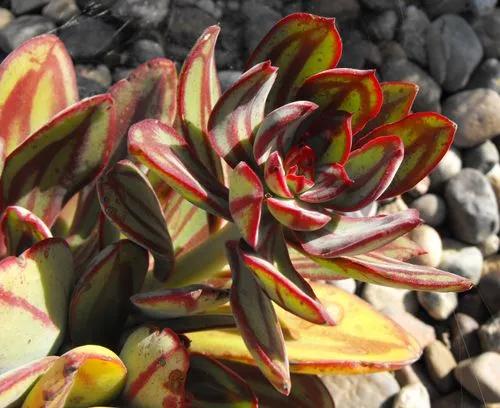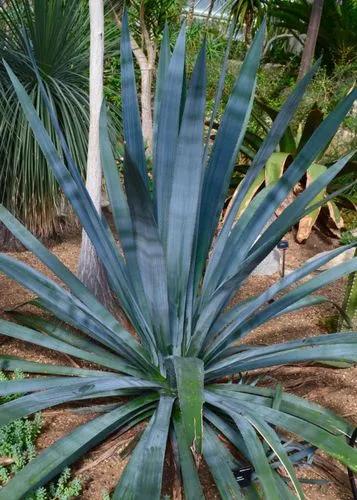Gasteria excelsa is a succulent plant, native to the Eastern Cape Province, South Africa. It is a medium-sized aloe-like plant bearing triangular, spreading, ascending, dark-mottled green leaves and a dense panicle of pinkish flowers during summer.
Thicket Gasteria Care
Gasteria excelsa



Gasteria excelsa is one of the largest of the Gasteria species, second only to Gasteria acinacifolia in height. Plants can grow quite large and consist of numerous thick, robust, angled, leaves that are arranged in strong solitary basal rosettes, 30-60 cm tall and 60-75 cm wide. These are dark green, and mottled with faint white flecks. The leaves of fully grown plants are often channeled on the upper side, with sharp edges, and (like its relatives) a keel on their lower side. Inflorescences can grow very large and consist of many horizontal branches. Flowers are pink at the base and green at the tip.
How to Care for the Plant

Water

Gasteria, like most succulents, requires little water or fertilizer. feed them once a year in the spring (both indoor plants and those in the garden). indoor potted plants can be brought outdoors and placed in lightly shaded areas for the summer.

Pruning

To prune a plant to encourage bushy new growth, snip off the dominant buds on select stems, staggering the cuts to encourage varied growth.

Fertilizer

When it comes to fertilizers, you want to avoid over-fertilizing (just like an overdose of vitamins isn't great for us, either). Less is more, so it’s important to follow what the package says for application amounts.

Sunlight

Partial sun generally means less than six and more than four hours of sun per day. Plants for partial sun will do well in a location where they receive a break from the sun each day. They like the sun but will not tolerate a full day of it and need at least some shade each day.

Soil

Loamy soil is ideal for most garden plants because it holds plenty of moisture but also drains well so that sufficient air can reach the roots. Many gardeners complain of their garden soil being compacted and/or poorly drained.

Temperature

The plant is hardy to 30°F (-1°C). Warmer summers but cool in the winter (down to 50°F) are best for this plant.

Container

Ceramic pots are the most popular type of containers for houseplants today. You'll find them in all kinds of styles, colors, and sizes. At one time, the clay pot was the most common container for indoor plants. When choosing a pot, choose a pot that is 2.5-5 cm (1-2”) larger than the current size.

Popularity

392 people already have this plant 119 people have added this plant to their wishlists
Discover more plants with the list below
Popular articles






